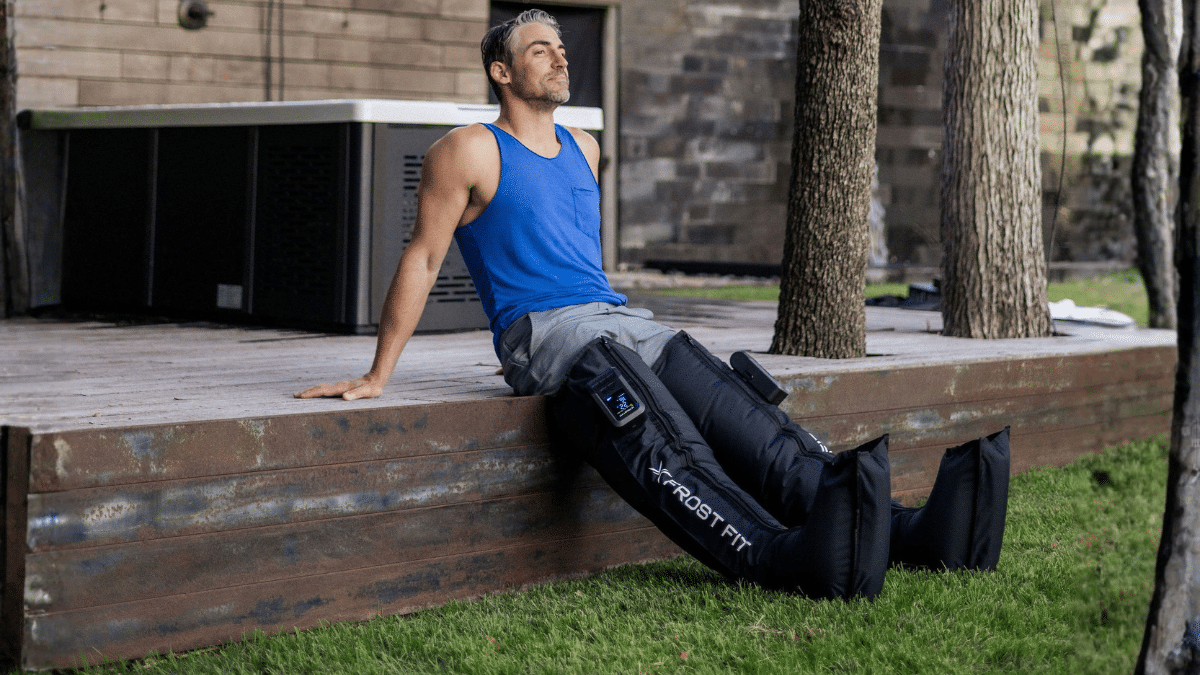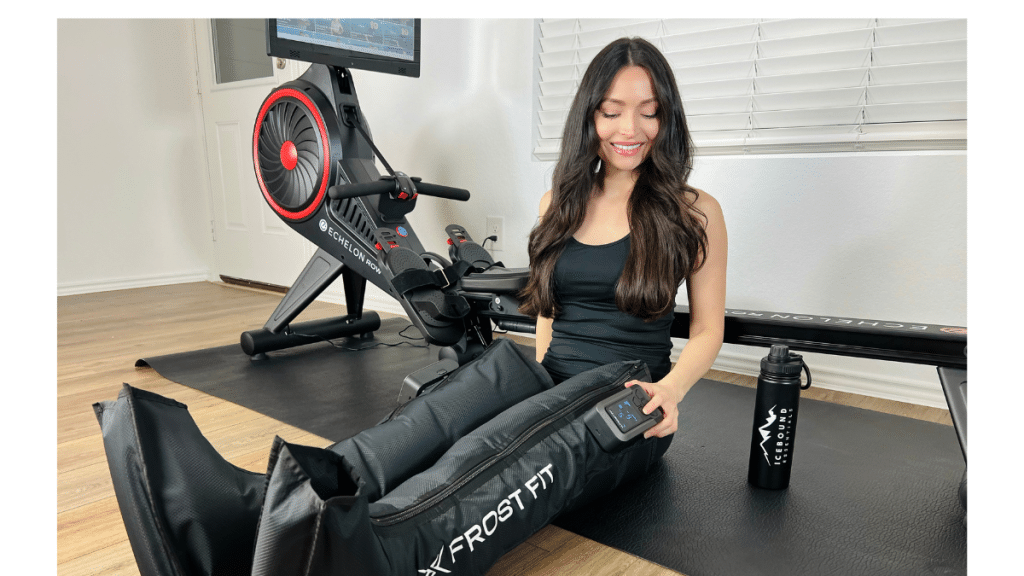Hard sessions are supposed to feel hard—but the lingering heaviness in your legs hours later? That’s what derails tomorrow’s workout. Whether it’s intervals, squats, or a long ride, many athletes report that “dead-leg” sensation that hangs around as the workday starts. The good news: a few simple changes to your post-workout routine can support circulation, help your body move out excess fluid, and make it easier to show up strong again.
Below, a clear look at why heavy legs happen—and what actually helps.
Why Your Legs Feel Heavy After Tough Sessions
Intense training increases demand on your muscles and the systems that move blood and fluid. After you stop, it’s common to have temporary pooling of fluid in the calves and quads, plus micro-damage that contributes to DOMS (delayed-onset muscle soreness). Add a day of long sits, tight deadlines, or travel, and the heaviness sticks around.
Common culprits:
- No cooldown: You finish the last rep and jump straight into the car or a meeting.
- All desk, no movement: Long sits slow things down further.
- Hydration gaps: Fluids and electrolytes are low after sweat-heavy efforts.
- Too-fast, too-soon: Rapid jumps in volume or intensity outpace your recovery habits.
Fix the Basics First (They Matter)
1) Cool down with intent. Five minutes of easy spinning or walking, followed by gentle range-of-motion like stretching or foam rolling.
2) Rehydrate and refuel. Fluids, electrolytes, and a simple carb-protein snack to start the repair process.
3) Move during the day. Short walk breaks keep things from getting stagnant after that morning workout session.
4) Progress gradually. Follow a plan that builds load week by week, not all at once.
5) Sleep like it’s training. Recovery happens when you’re off the clock.
A Simple Add-On That Sticks
If you want an at-home assist that’s easy to keep, compression boots are worth a look—especially on stacked workdays. Think of them as a sports-massage sequence you can run while you’re triaging your inbox.
How they work: compression recovery boots use sequential zones with varying pressure, creating a rising wave that supports circulation and helps the lymphatic system clear excess fluid after hard efforts. Put simply: the sleeves squeeze and release in order, moving from feet toward hips, to help your legs feel lighter.
Because sessions are hands-free and quiet, you can wear them at your desk or on the couch—review notes, answer emails, or plan tomorrow without adding another appointment to your calendar.

Build a Recovery Corner You’ll Actually Use
Environment beats intention. A few small tweaks turn “good idea” into habit:
- Visibility: Keep the boots where you check email; if you see them, you’ll use them.
- Comfort: No staging required—desk, reading chair, or sofa works.
- Simple cue: Tie use to a habit you already have (post-workout snack, calendar review, end-of-day unwind).
You’re aiming for low friction and high repeatability. The less you have to think about it, the more often it happens.
What Success Looks Like
You don’t need a lab to know it’s working. Look for:
- Less next-day heaviness after key sessions.
- More “green days”—workouts completed at planned quality.
- Calmer evenings, because you’ve defined a wind-down that fits your life.
Small, steady improvements across weeks beat rare, heroic fixes.
Bottom Line
Heavy legs aren’t a mystery; they’re a systems issue that responds to consistent basics—cooldown, movement, hydration, sleep—and, for many athletes, a low-friction at-home assist. Sequential, variable-pressure compression offers a sports-massage–style nudge for circulation and fluid movement, without adding logistics to your day.
Curious how an at-home option could fit your routine? Explore Recovery Wraps by Icebound Essentials to see how a sequential, variable-pressure design supports circulation and helps the lymphatic system clear excess fluid—right from your favorite chair.
